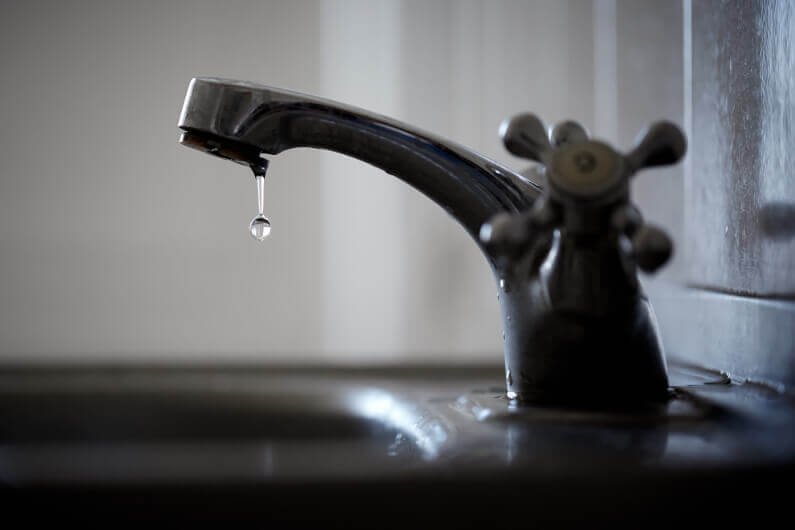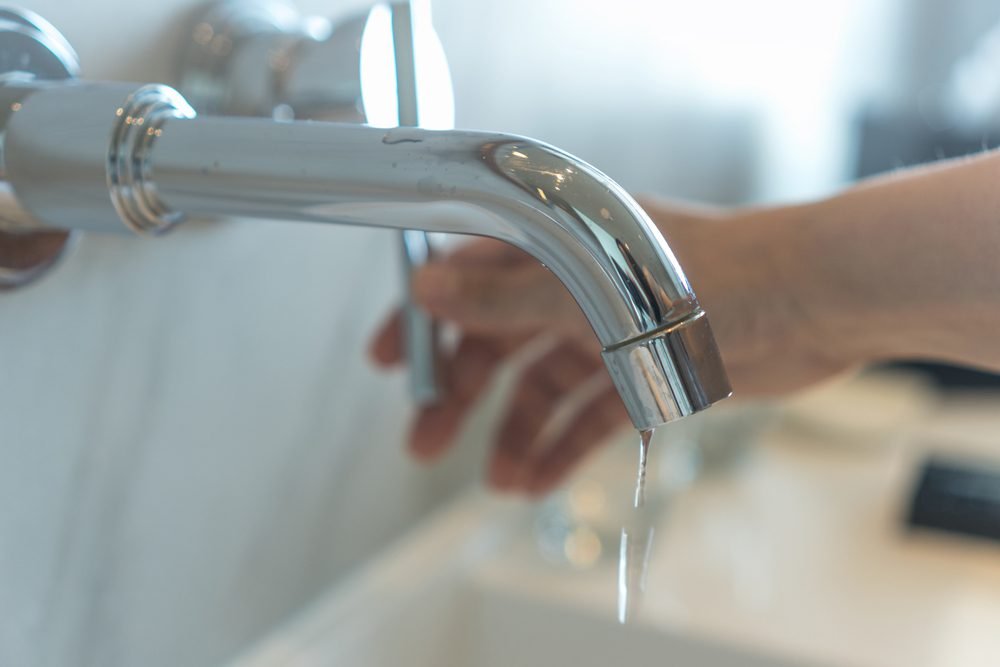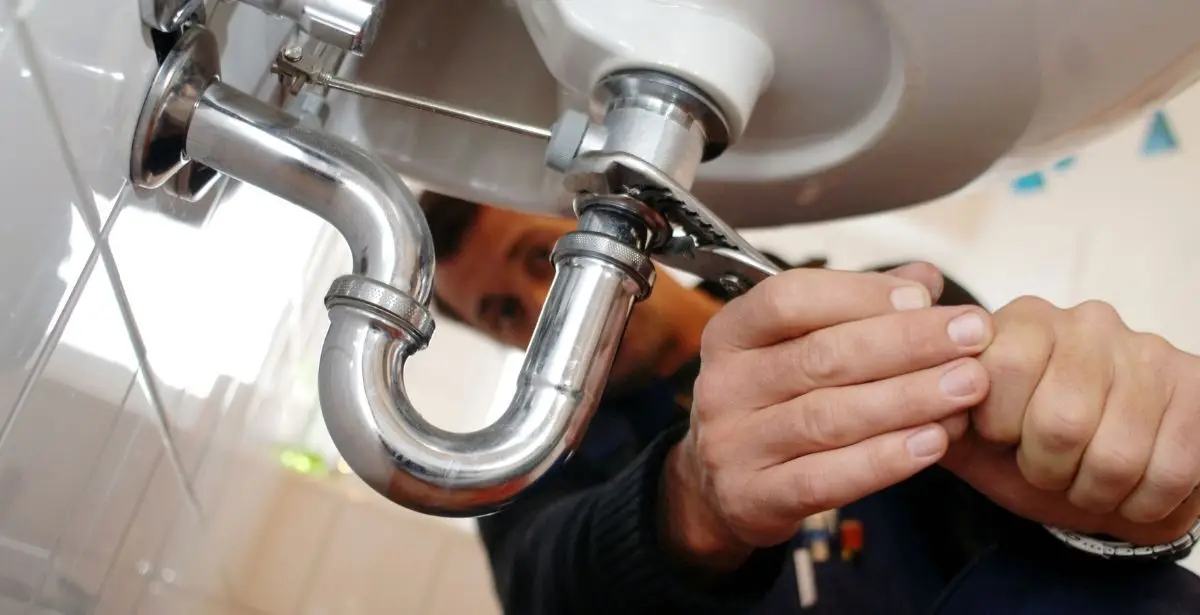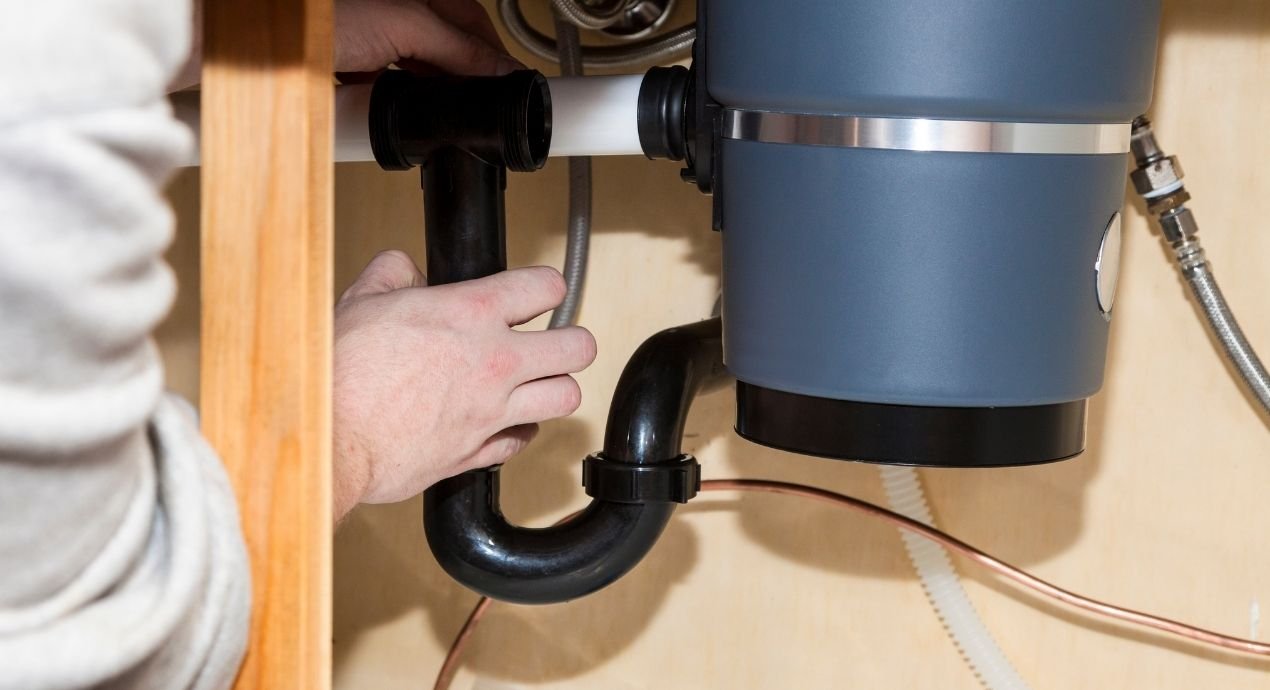Saving water in the bathroom doesn’t just help the environment—it can also significantly reduce your utility bills. As one of the most water-intensive areas in any home, making small upgrades to your bathroom plumbing can lead to big savings. In this article, we’ll explore various plumbing upgrades that are simple to implement and highly effective at conserving water.
If you’re ready to cut down on water usage, here’s how you can make your bathroom more eco-friendly with these plumbing tips.
Table of Contents
ToggleWhy Save Water in the Bathroom?
Before diving into the specifics of plumbing upgrades, let’s look at why water conservation in the bathroom is so important. The bathroom accounts for about 50-60% of household water use. From showers and sinks to toilets, water is being used constantly in this space, and much of it is wasted due to inefficient fixtures.
By making just a few changes, you can save thousands of gallons of water per year, which translates into lower water bills and a reduced environmental footprint.

Benefits of Water-Saving Plumbing Upgrades
- Lower utility bills: Less water use means reduced monthly costs.
- Eco-friendly: Conserving water helps reduce strain on local water resources.
- Higher property value: Upgrading to efficient plumbing fixtures increases your home’s value, especially in eco-conscious markets.
Simple Plumbing Upgrades to Save Water in the Bathroom
1. Install Low-Flow Showerheads
One of the easiest ways to save water in the bathroom is by installing low-flow showerheads. These fixtures reduce the flow rate of water without sacrificing pressure. Traditional showerheads use about 2.5 gallons of water per minute, but a low-flow model can cut that to 2 gallons or less.
Benefits of low-flow showerheads:
- Saves up to 2,700 gallons of water per year.
- Reduces energy costs by using less hot water.
This small change can make a big difference in your water consumption, especially in households with multiple members who take daily showers.
2. Upgrade to Dual-Flush Toilets
Toilets are responsible for nearly 30% of household water use. Older models use anywhere from 3.5 to 7 gallons per flush, which is significantly more than necessary. By upgrading to a dual-flush toilet, you can save water with every flush.
Dual-flush toilets offer two flush options: one for liquid waste (using about 1 gallon) and another for solid waste (using about 1.6 gallons). This allows you to adjust your water use based on the situation, drastically reducing overall consumption.
Advantages of dual-flush toilets:
- Reduces water usage by up to 68% compared to older models.
- Helps prevent toilet clogs by providing a strong flush when needed.
3. Install Water-Efficient Faucets
Replacing your bathroom sink faucet with a water-efficient model can help you save a surprising amount of water. WaterSense-labeled faucets use 1.5 gallons per minute (GPM) or less, compared to the standard 2.2 GPM.
Tips for upgrading your faucets:
- Look for faucets with aerators, which mix air into the water flow, maintaining pressure while using less water.
- Consider touchless or sensor-activated faucets for even more control over water usage, especially in homes with kids who may leave the tap running.
Upgrading faucets is a relatively inexpensive way to conserve water without sacrificing functionality.
4. Switch to a Water-Efficient Bathtub
If you love to take baths, consider installing a water-efficient bathtub. While standard tubs can hold between 40-80 gallons of water, newer models are designed to be more water-conscious, using less water to fill up.
How water-efficient bathtubs help:
- Use about 30-50 gallons per bath, significantly reducing water usage compared to older tubs.
- Combine with low-flow showerheads for even more savings in a combined shower-bathtub setup.
While replacing a bathtub may require more investment upfront, it’s a long-term solution for those who regularly enjoy baths but want to conserve water.
5. Fix Leaky Faucets and Toilets
A dripping faucet or a running toilet may seem minor, but these leaks can waste hundreds or even thousands of gallons of water every year. A leaky faucet can waste up to 3,000 gallons annually, while a running toilet can waste around 200 gallons of water per day.
Why fixing leaks matters:
- Reduces water waste: Every drop counts, and fixing leaks can lead to significant water savings.
- Saves money: You’ll notice a decrease in your monthly water bill once leaks are repaired.
Most leaks can be fixed easily by a professional plumber or even with a DIY approach if you’re handy with tools.
6. Use Tankless Water Heaters
Traditional water heaters store large amounts of water and continuously keep it heated. This can lead to energy waste, as the water is heated even when not in use. Installing a tankless water heater can reduce water and energy waste, especially for large households.
Benefits of tankless water heaters:
- Heats water on demand, so you only use what you need.
- Reduces energy consumption, lowering utility bills.
- Provides a consistent supply of hot water, perfect for busy bathrooms.
While more expensive upfront, tankless water heaters pay for themselves over time by cutting down on both water and energy costs.
7. Upgrade to Smart Shower Systems
Smart shower systems allow you to control water temperature and usage through digital controls or a smartphone app. These systems can automatically shut off water when the optimal temperature is reached, preventing unnecessary water waste as you wait for the water to heat up.
Advantages of smart showers:
- Saves water by monitoring usage in real-time.
- Provides more precise temperature control, leading to energy savings.
- Customizable settings for each family member’s preferences.
Smart showers combine convenience with efficiency, making them an excellent investment for water-conscious homeowners.

Additional Water-Saving Habits
Beyond plumbing upgrades, adopting new habits can further reduce your water consumption in the bathroom. Here are a few tips:
- Take shorter showers: Reducing your shower time by just a few minutes can save gallons of water.
- Turn off the tap when brushing your teeth: This simple habit can save up to 8 gallons of water per day.
- Only run full loads of laundry: If your bathroom is connected to a laundry area, ensure you run full loads to conserve water.
Conclusion
Upgrading your bathroom with water-efficient plumbing fixtures is one of the most effective ways to save water and reduce utility bills. From low-flow showerheads to dual-flush toilets, these simple plumbing changes can make a big difference. Additionally, fixing leaks and upgrading to tankless water heaters can further improve your bathroom’s water efficiency.
For homeowners looking to save water and improve their bathroom’s eco-friendliness, expert plumbing services can help identify the best upgrades for your space. Contact Dr. House Inc. today to explore how you can make your bathroom more water-efficient and enjoy lower utility bills year-round.



